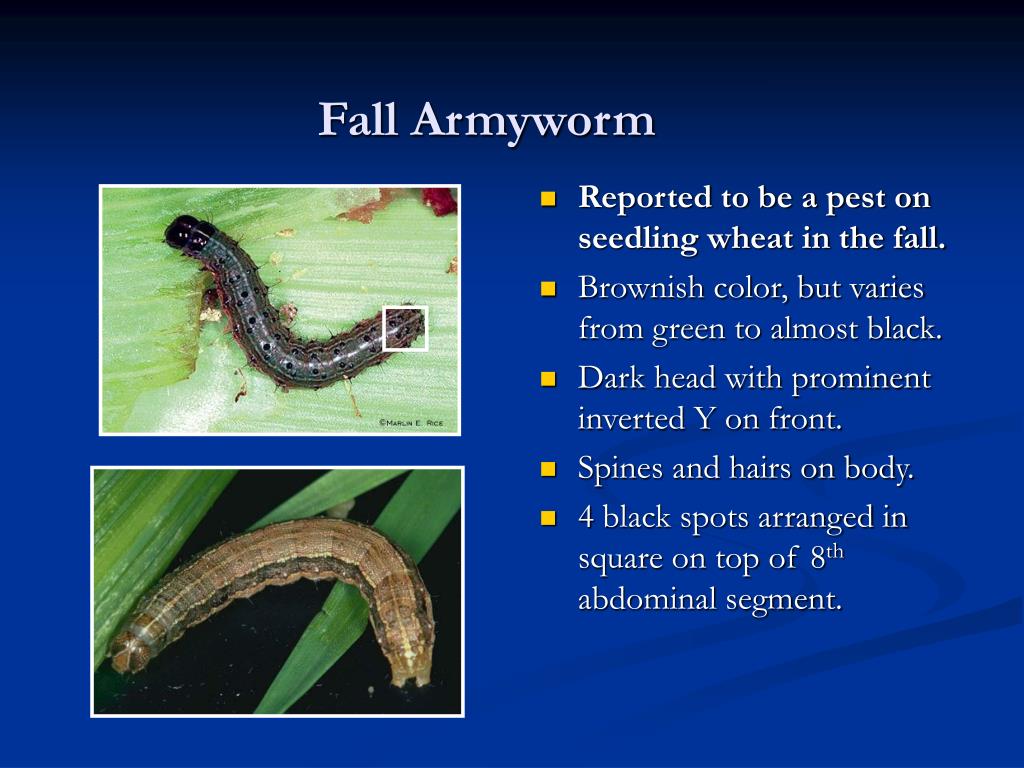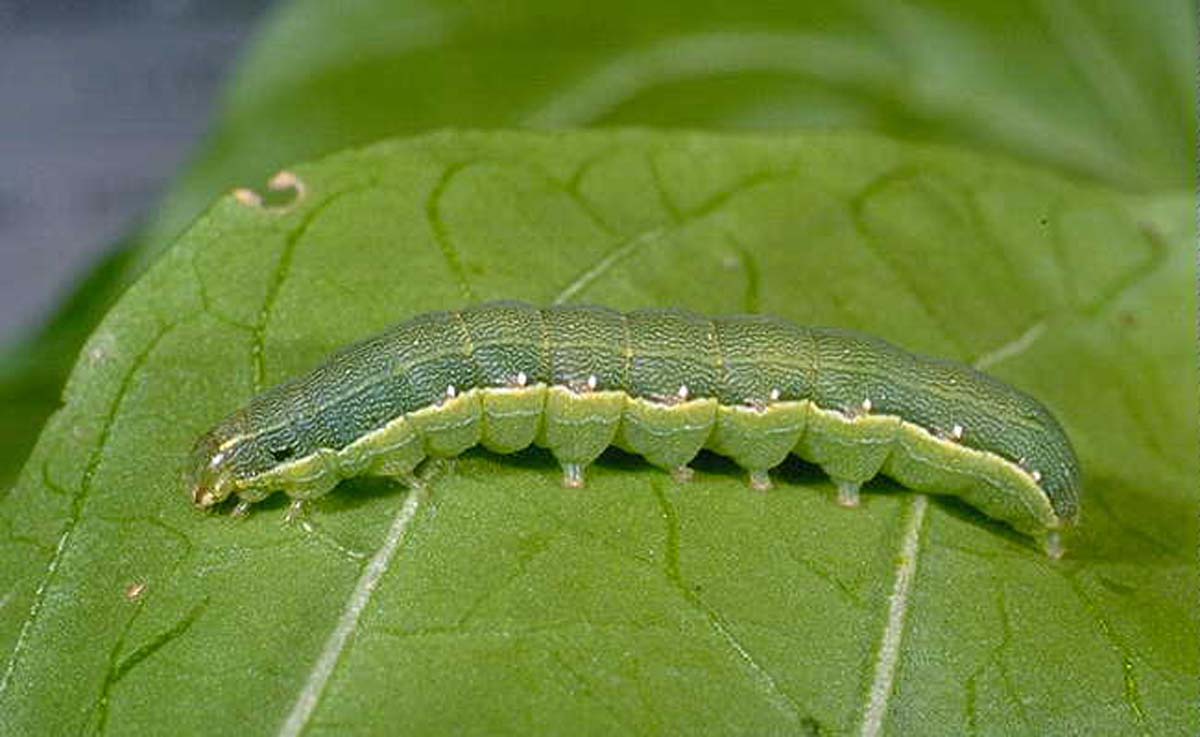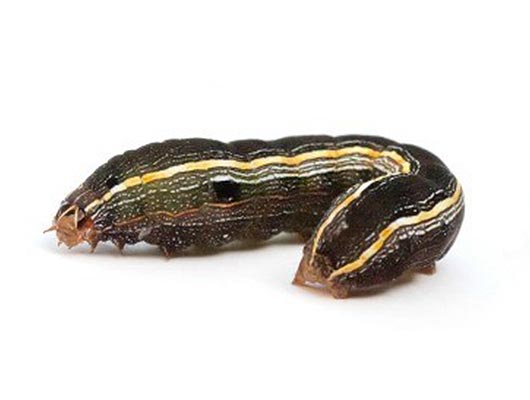

The sublethal effects of this chemical were indicated by prolongation of larval period, the increase of pupal weight and decrease in hatch rate of egg. A progressive larval mortality of 24.32% for LC30 treatment and 42.61% for LC50 treatment was observed from 4th to 6th day after exposure, which resulted in the reduced pupation rates in exposure groups. The 72 h LC50 value of this insecticide to S.

The lethal and sublethal effects of chlorantraniliprole against Spodoptera exigua (Hübner) were evaluated under laboratory conditions by oral exposure of neonate larvae to the compound. Thus, thiodicarb 75 WP 1 g/l proved to be an effective ovicide by recording 88.43 per cent egg mortality. The mean mortality of eggs indicated that, the egg mortalities were highest in thiodicarb 75 WP 1 g/l (88.43%) followed by flubendiamide 480 SC 0.2 ml/l (65.95%), emamectin benzoate 5 SG 0.25 g/l (63.98%) and chlorantraniliprole 18.5 SC 0.2 ml/l (63.19%).

In three days old eggs the maximum mortality (83.32%) was recorded in thiodicarb 75 WP 1 g/l, followed by indoxacarb 15.8 EC 0.3 ml/l (46.33%), chlorantraniliprole 18.5 SC 0.2 ml/l (44.50%). In two days old eggs the maximum mortality (86.63%) was recorded in thiodicarb 75 WP 1 g/l, followed by flubendiamide 480 SC 0.2 ml/l (72.04%), chlorpyriphos 20 EC 2 ml/l (66.53%). In one day old eggs the maximum mortality of 95.32 per cent was recorded in thiodicarb 75 WP 1 g/l followed by emamectin benzoate 5 SG 0.25 g/l (91.30%), flubendiamide 480 SC 0.2 ml/l (83.47%), chlorantraniliprole 18.5 SC 0.2 ml/l (82.62%), cyantraniliprole 10 OD 0.2 ml/l (74.00%), chlorpyriphos 20 EC 2 ml/l (71.90%), spinosad 45 SC 0.2 ml/l (69.23%), chlorfenapyr 10 SC 3 ml/l (65.93%) and indoxacarb 15.8 EC 0.3ml/l (54.17%). The results in the present investigation revealed that highest egg mortality was recorded in one day old eggs than two or three day's old eggs. litura eggs influenced its susceptibility to all newer insecticide molecules tested. Ovicidal action of nine insecticides against Spodoptera litura (Fabricius) was assessed under laboratory conditions.


 0 kommentar(er)
0 kommentar(er)
